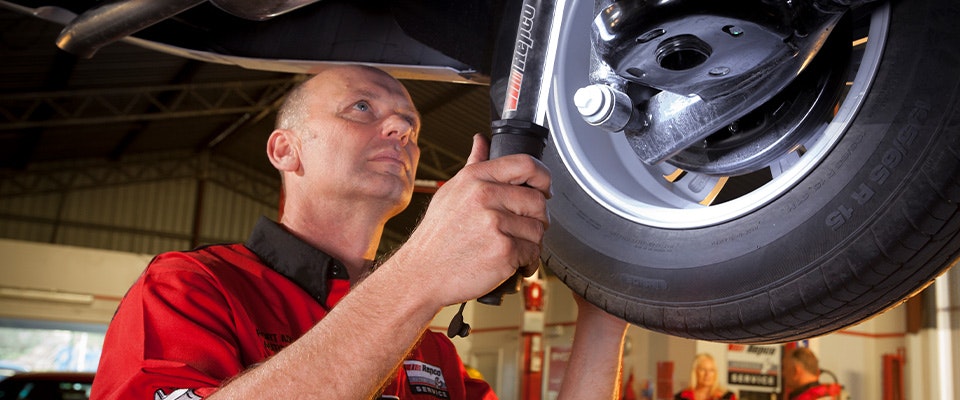
RWC - Roadworthy certificates & roadworthiness in Victoria
What you need to know about Roadworthy Certificates in Victoria...
Read moreRWC Checks - What to check to help your vehicle pass a Certificate of Roadworthiness

If you want to be able to pass a Roadworthy Examination it helps to understand what the mechanic conducting the vehicle inspection will be considering when deciding if the car is roadworthy or not.
The following checklist may help you to make sure your vehicle will be able to successfully pass a Roadworthy Inspection.
Brakes and warning systems are an essential safety feature of all vehicles and must be in good working order to pass a roadworthy examination
To pass a Roadworthy Inspection a vehicle must have;
To pass a Certificate of Roadworthiness examination, a car should be generally in a good condition.
All accessories should function correctly without impeding performance and must be suitable for the intended task.
Roadworthy tests must be performed by a Licensed Vehicle Tester such Golden Plains Mechanical.
Call us today or Book a Roadworthy Inspection now.


What you need to know about Roadworthy Certificates in Victoria...
Read more
Golden Plains Mechanical in Bannockburn are Licensed Vehicle Testers providing Certificates of Roadworthiness for Light Vehicles and LPG Vehicles in Bannockburn...
Read more
Golden Plains Mechanical CAN service your vehicle as per the manufacturers specifications, protecting your statutory warranty….
Read more